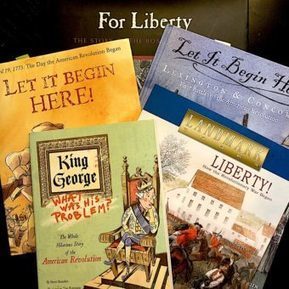Research on the forgetting curve has revealed some shocking statistics. Within one hour, people will have forgotten an average of 50 % of new information. Within 24 hours, they have forgotten an average of 70 % of the new information, and within a week, they will have forgotten 90 % of it. Of course, it’s not the same for everybody, but it’s still pretty disconcerting.
And this fact is the problem with corporate training – most of it goes to waste. Most of what your employees have learned will be forgotten unless you employ what is known as “spaced repetition.”
Via
Elizabeth E Charles



 Your new post is loading...
Your new post is loading...















